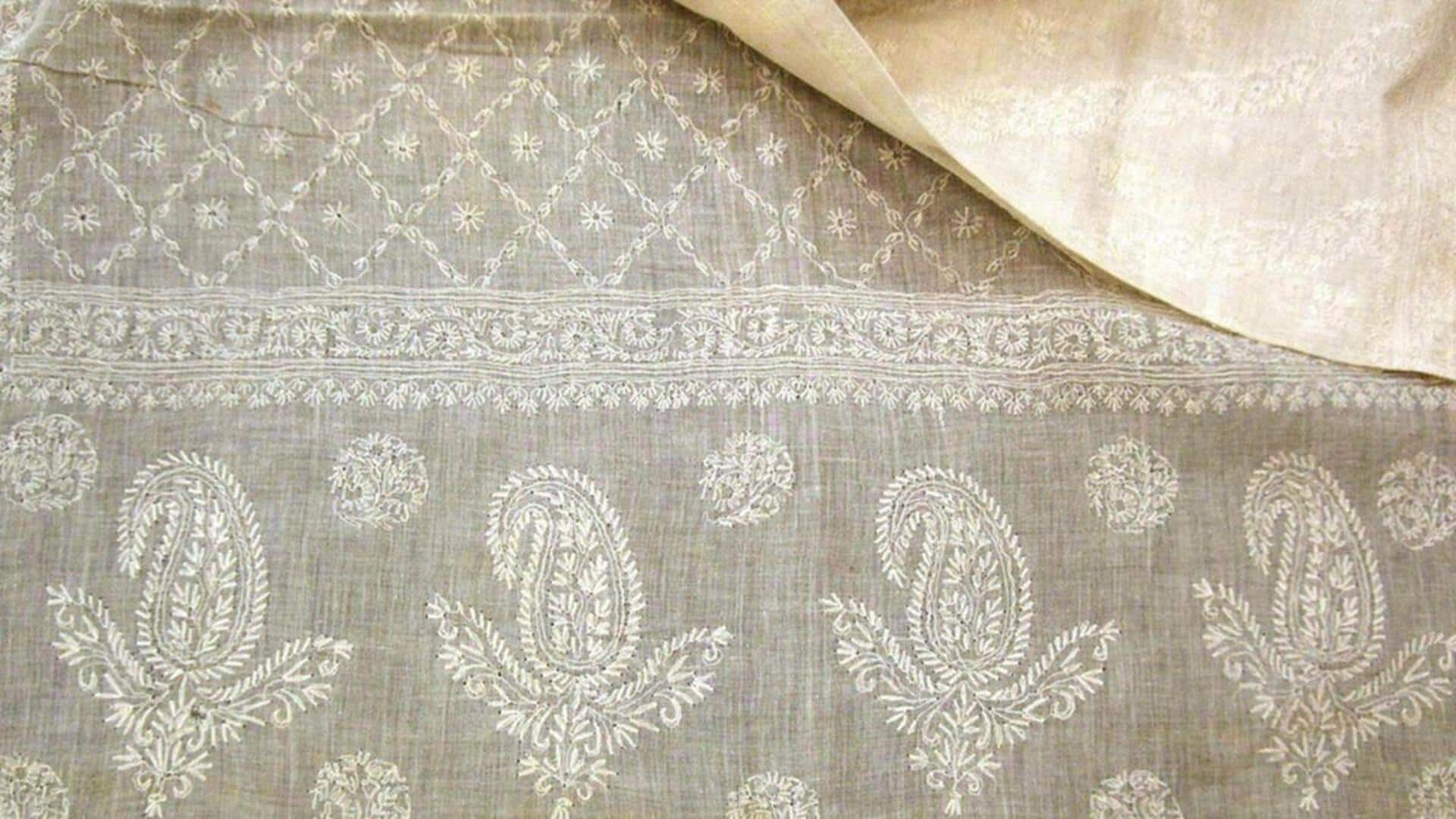
Understanding chikankari: The art of intricate embroidery
What's the story
Chikankari is a traditional embroidery style from Lucknow, India. Famous for its delicate and intricate patterns, this art has been in practice for centuries. It involves hand-stitching designs on fabric with a needle and raw thread. The beauty of chikankari lies in its simplicity and the craftsmanship to create detailed motifs. This embroidery technique is usually done on lightweight fabrics like muslin, cotton, silk, etc., making it suitable for warm weather.
Origins
Historical roots of chikankari
Chikankari's legacy dates back to the Mughal era when it was brought by Persian nobles. The craft prospered under royal patronage and became a symbol of luxury clothing. First, it was practiced by artisans in Lucknow, before scattering across the country with time. Today, chikankari continues to be an integral part of cultural heritage, showcasing the rich history of Indian craftsmanship.
Stitching methods
Techniques involved in chikankari
Chikankari employs a range of stitching techniques, including backstitch, chain stitch, and hemstitch, to form intricate patterns. Each stitch adds to the texture and depth of the overall design. Artisans sometimes use white thread on pastel fabrics to accentuate the delicacy of the embroidery. It takes years of practice and dedication to master these techniques.
Material choices
Fabrics used in chikankari
The choice of fabric also does wonders in making chikankari work beautiful. Most commonly used materials include cotton, muslin, silk, and chiffon because they are lightweight and highlight the fine embroidery work. This makes these fabrics not just easy to wear, but also highlights the detailed artistry involved in each piece.
Contemporary trends
Modern adaptations of chikankari
In recent years, the fashion industry has witnessed a significant transformation of traditional chikankari. Designers are blending it with vibrant colors and innovative designs, while preserving its timeless elegance. This modern twist has not only retained chikankari's classic appeal but also introduced it to contemporary fashion enthusiasts worldwide. The result is a broader appeal that transcends traditional boundaries, making chikankari relevant in today's global fashion scene.